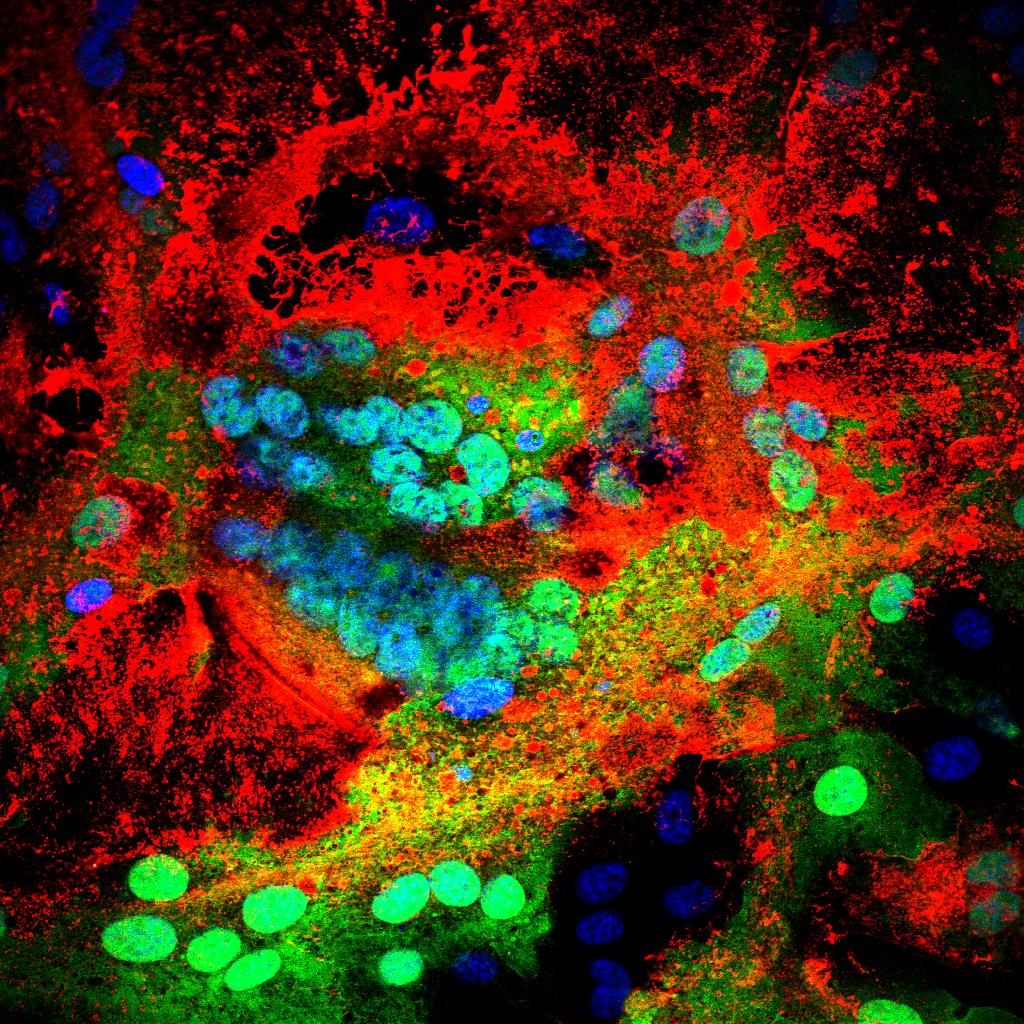Eradication of peste des petits ruminants virus and the wildlife-livestock interface
There is growing evidence that multiple wildlife species can be infected with peste des petits ruminants virus (PPRV). This has important consequences for the potential maintenance of PPRV in communities of susceptible hosts, and the threat that PPRV may pose to the conservation of wildlife populations and resilience of ecosystems. Significant knowledge gaps in the epidemiology of PPRV across the ruminant community (wildlife and domestic), and understanding of the infection in wildlife and other atypical host species groups (e.g. camelidae, suidae, and bovinae) hinders our ability to apply necessary integrated disease control and management interventions at the wildlife-livestock interface. Similarly, knowledge gaps limit the inclusion of wildlife in the FAO/OIE Global Strategy for the Control and Eradication of PPR, and the framework of activities in the PPR Global Eradication Programme that lays the foundation for eradicating PPR through national and regional efforts. This article reports on the first international meeting on, “Controlling PPR at the livestock-wildlife interface”, held in Rome, Italy, March 27-29, 2019. A large group representing national and international institutions discussed recent advances in our understanding of PPRV in wildlife, identified knowledge gaps and research priorities, and formulated recommendations. The need for a better understanding of PPRV epidemiology at the wildlife-livestock interface to support the integration of wildlife into PPR eradication efforts was highlighted by meeting participants along with the reminder that PPR eradication and wildlife conservation need not be viewed as competing priorities, but should instead constitute two requisites of healthy socio-ecological systems.
